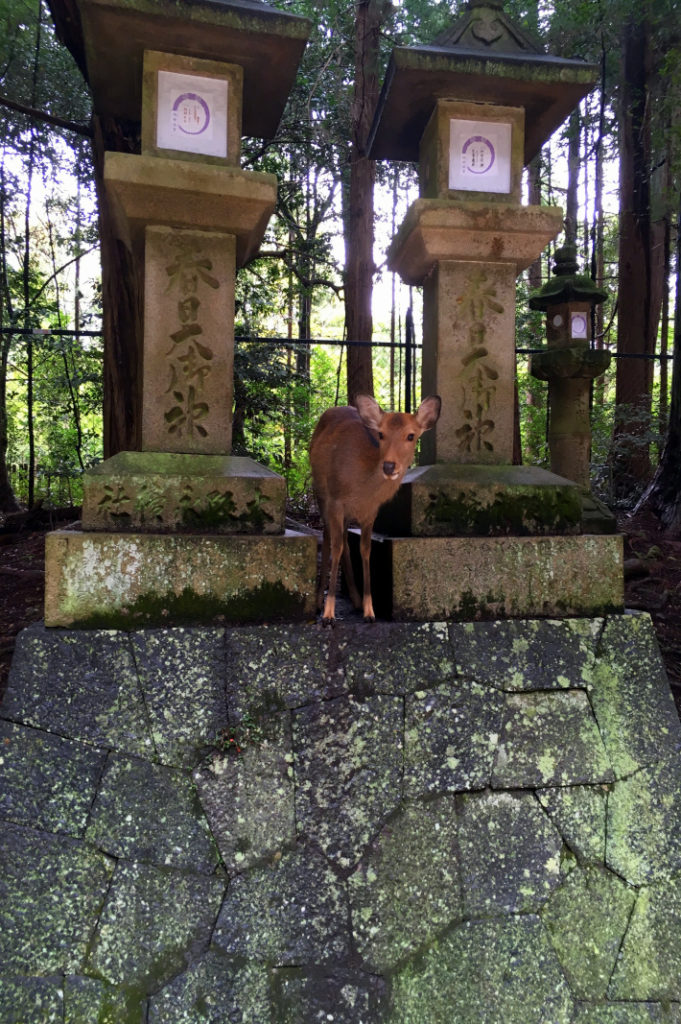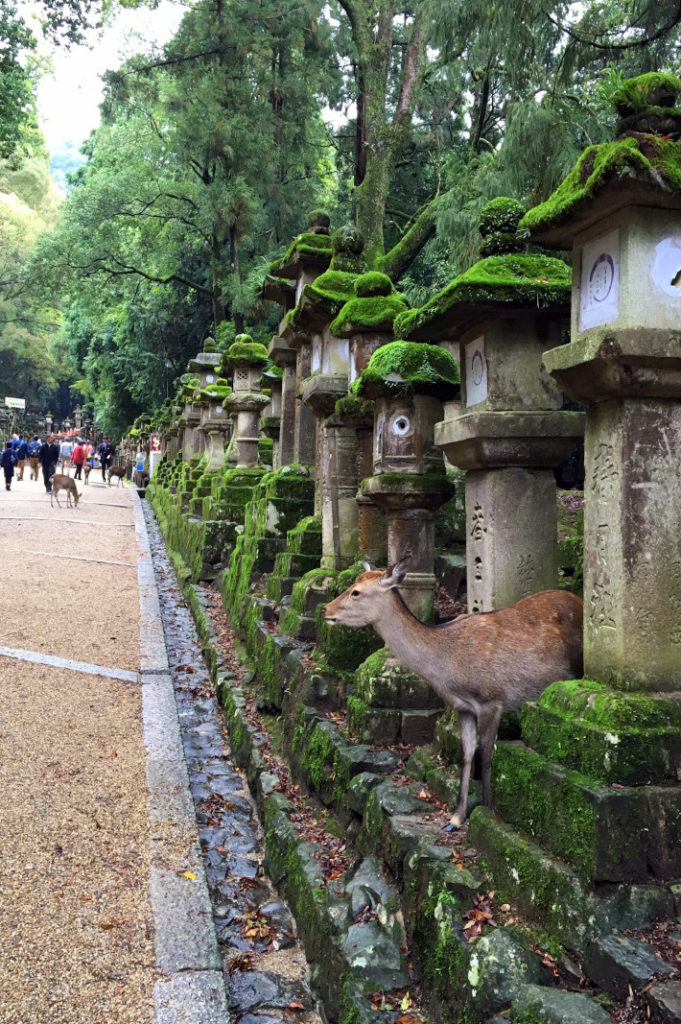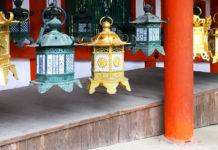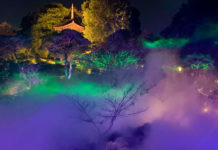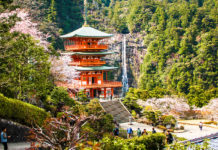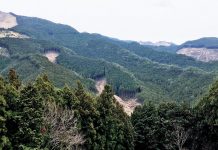It sounds like a crazy fantasy. In Japan, there’s a city. And in that city, there are tons and tons of friendly deer. And guess what—the deer bow. I mean, it sounds questionable, right? Astonishingly, it’s all true. Having travelled to Nara Park and frolicked with more than 1,200 bowing deer there, I’ve returned with some sage words of advice to help you plan your own perfect visit. Below, I’ll cover everything you need to know about the deer, as well as the best sightseeing opportunities in the area.
Need-to-Know Details about Nara Park
While the deer wander freely, they spend the majority of their time in Nara Park (a.k.a Nara Deer Park) and bed down in the surrounding wilderness. The park lies along the Eastern edge of Nara city, in Nara Prefecture. Forming a trio of cities with lively Osaka and traditional Kyoto, Nara city lies in the Central-West of Japan. While it’s remarkably pleasant for much of the year, it can become scorching in the height of summer and chilly (although rarely freezing) in the depth of winter. During winter, the deer sport thick, shaggy, muted coats. In spring, they shed these, revealing striking warm-brown fur with tell-tale white spots. Surprisingly, Japanese deer are one of the few, rare breeds that carry these spots into adulthood.
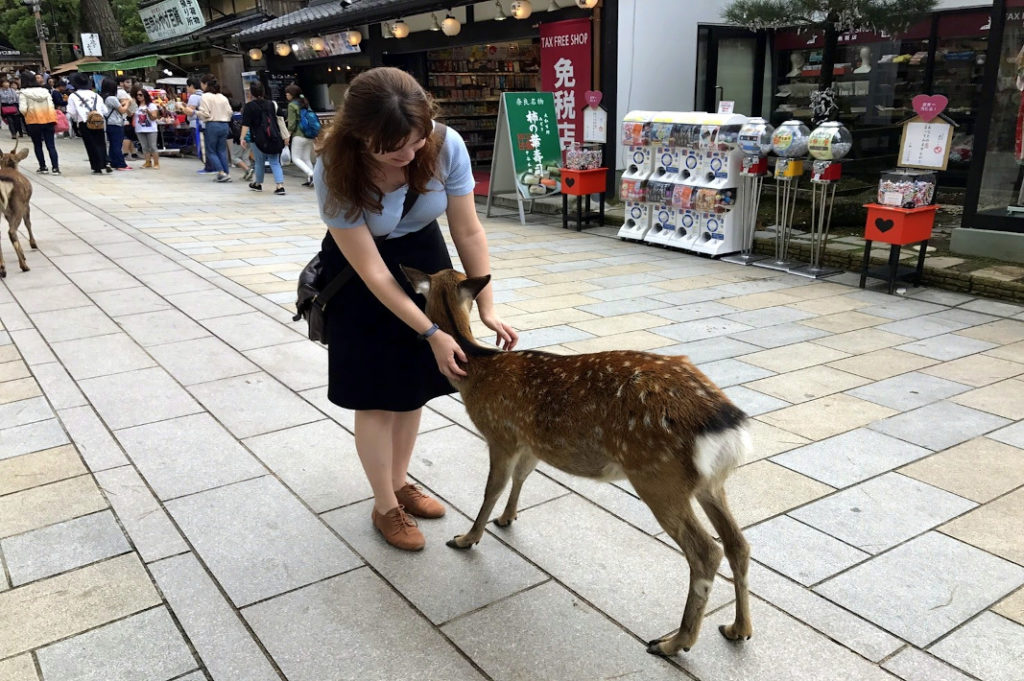
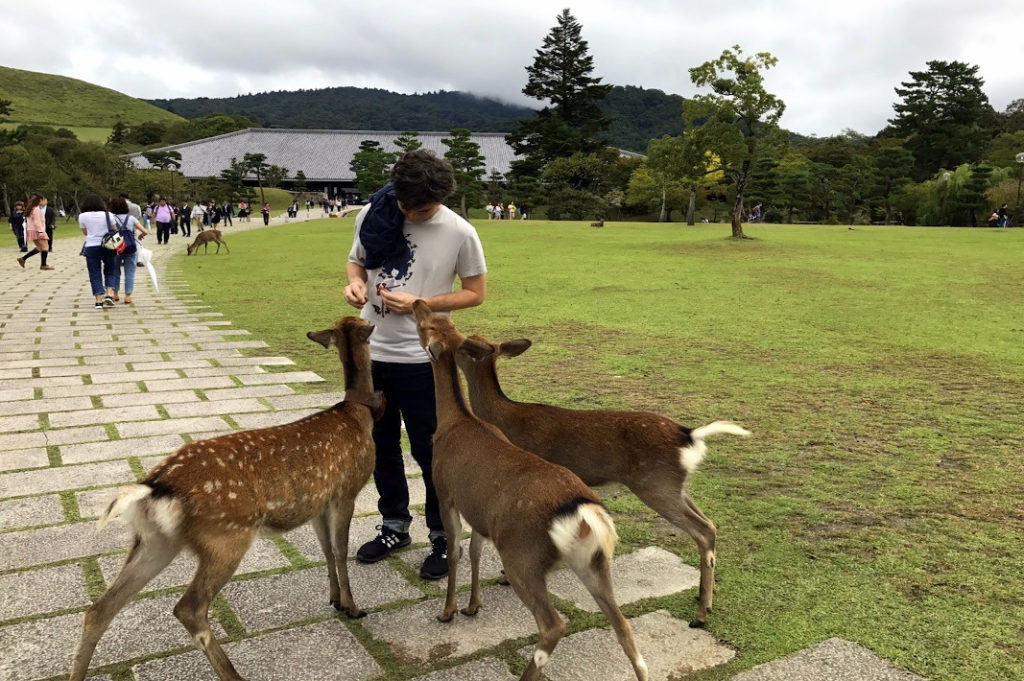
The Bowing Deer’s History
In ancient Shinto traditions, deer are understood to be the divine messengers of the gods. Among them, Nara’s deer are especially sacred, so much so that killing one of them could have earned the offender a death sentence. The history of Nara’s bowing deer is entwined with Kasuga Taisha Shrine, which rests toward the back of the Nara Park grounds. According to legend, the Shrine’s first of five divine beings rode down from Northern Japan on a divine white stag to protect Nara from those that would harm it and its citizens. Following the Shrine’s completion in 768, Nara’s deer were understood to be its divine servants and held in especially high esteem.
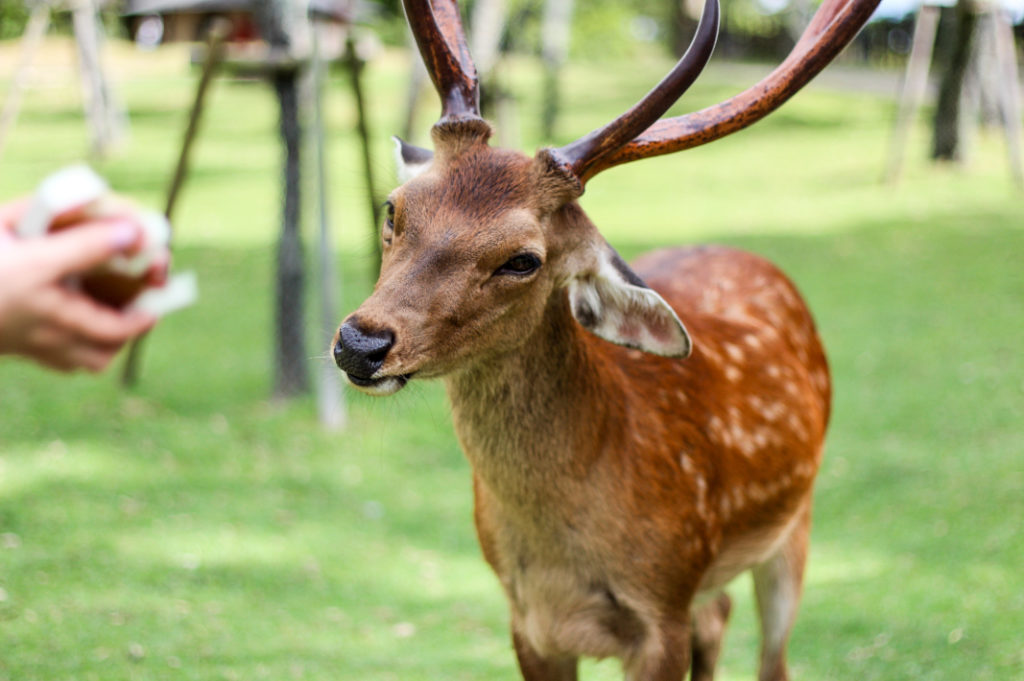
The Good Stuff: The Deer
Whether you believe in their divinity or not, Nara’s bowing deer are a sight to behold. While they’ve become remarkably used to tourists, make sure to treat them with the respect (and volume) that you would use with any wild, woodland creature. That said, they’ve come to see tourists as a great source of food, and they’ve developed adorable habits to convince you to give it to them. If you bow to them, they’ll bow back. In fact, they’ll often make a series of quick, polite bows as they approach you. It’s very cute.
Although the deer are just fine munching on local plants, they also love the senbei (rice crackers) offered for sale throughout the park. You’ll often hear these called shika senbei (literally, “deer” “rice crackers”). A mix of wheat flour and rice bran, the treats are regulated and registered by the Foundation for the Protection of Deer in Nara. They’re completely safe for the deer to consume, and a portion of their proceeds go back to protecting and caring for the deer.
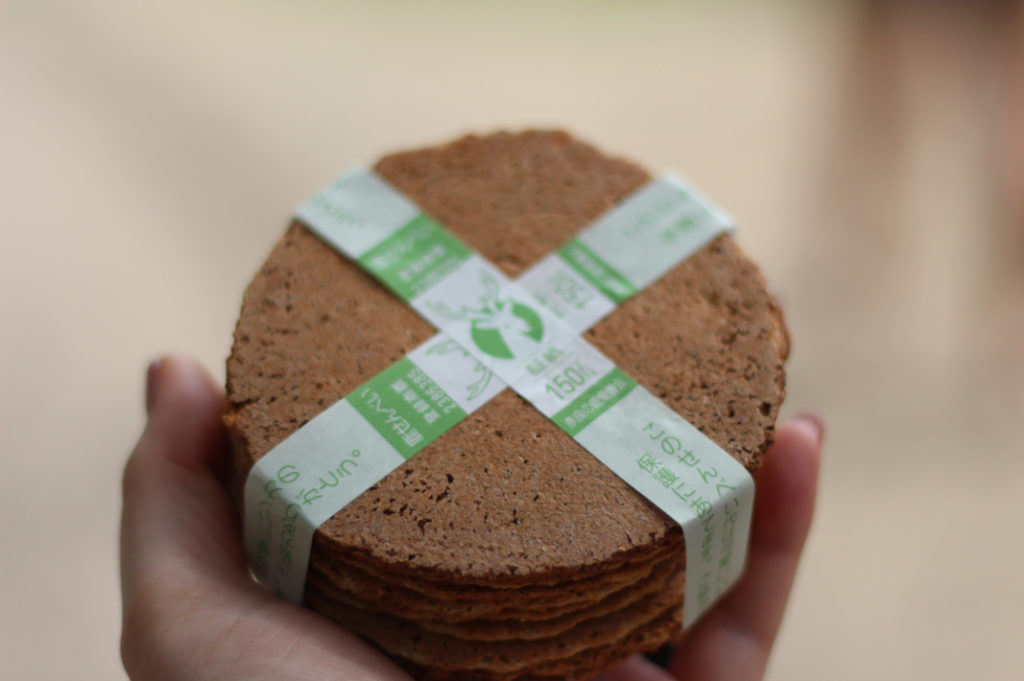
Things to Keep in Mind
While the deer appear delicate, they will swarm you if you start waving your senbei all over the place. Try to keep your main stash hidden and only a few crackers in your hands. They’re also insanely curious. They’ll often try to rummage around in your bags and nip at clothing, maps, passports, fingers, and other important things in the hope that they’ll be able to eat them. Additionally, if they feel threatened, they are very capable of delivering some sound kicks and headbutts. With that addressed, another point to consider is, understandably, taking pictures. Who wouldn’t want to photo-document their time there? However, unless you’re game to get friendly with other tourists or cool with handing off your camera to strangers—bring some friends with you. It’s a great way to share in the experience and snag some stellar shots.
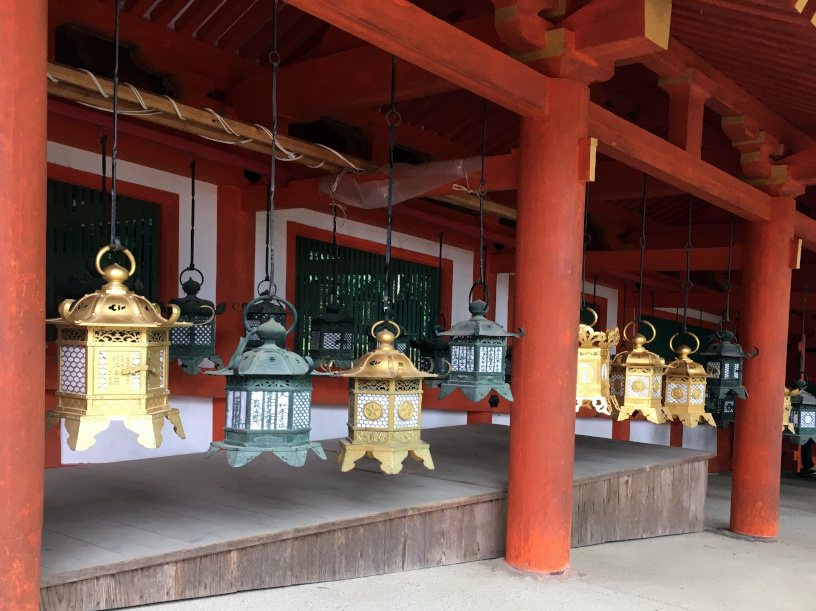
Sightseeing around Nara Park
While it’s easy to spend an entire day following the deer around, it’s likely that you’ll also be itching to see Nara’s other sights. Within Nara Park, stop by Kasuga Taisha Shrine. Its ethereal grounds house over 3,000 lanterns. Meanwhile, many also flock to Todaiji Temple. It boasts the largest bronze Buddha statue in the world (and also the largest wooden building in the world to house it). Additionally, drop by the nearby Horyu-ji Temple to see the oldest wooden building in the world. Then, brush up on your local history at the Nara National Museum. Finally, stop by the Higashimuki Shopping Arcade’s cozy shops to search for authentic souvenirs and fare. Nara is an ancient city, rooted in tradition, and it is rife with ryokan, traditional Japanese style-inns. If you can, definitely tuck into one of these for the night.
While it’s clear that Nara has plenty to offer, its four-legged denizens mark it as a truly one-of-a-kind destination.
Name : Nara Deer Park, a.k.a. Nara Park
Address: 30 Noborioji-cho, Nara City 630-8501
URL: http://nara-park.com/en/
Post by: Japan Journeys




